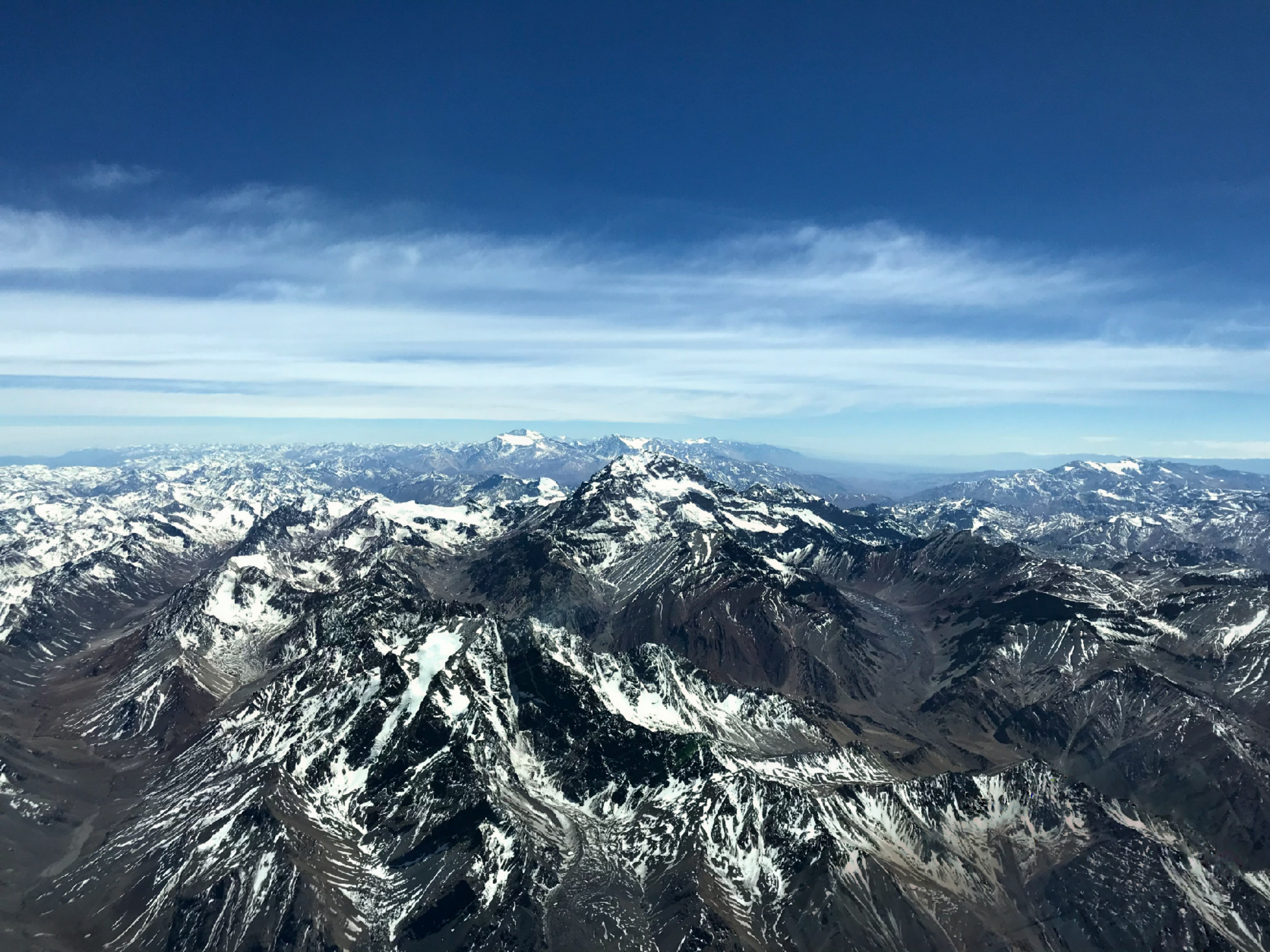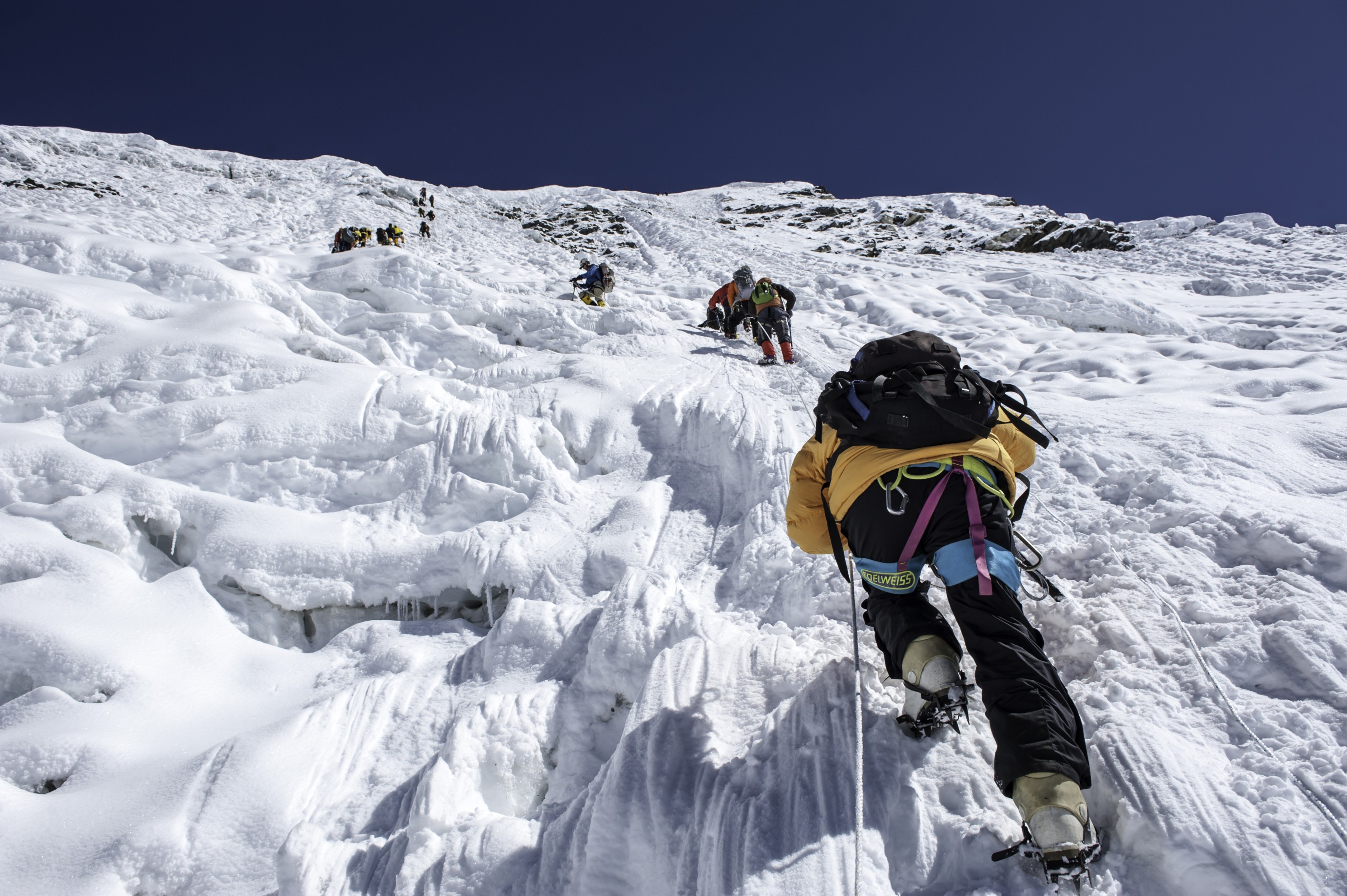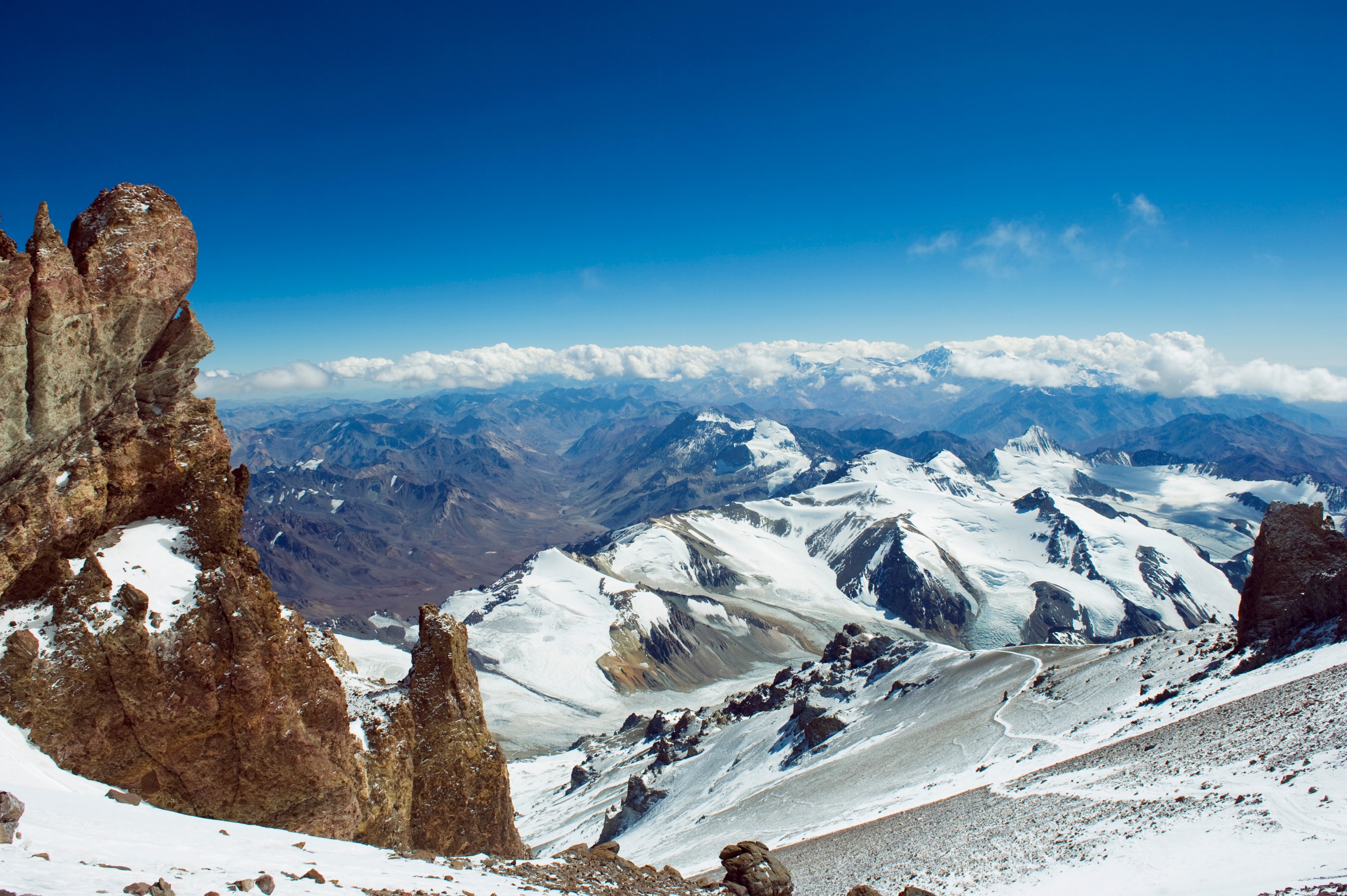Your Guide to Mount Aconcagua - the Crown Jewel of the Andes
Nestled in the Andes mountain range in Argentina, Mount Aconcagua is the tallest peak in South America and the highest mountain outside of Asia, standing at an impressive 6,961 meters (22,837 feet). Known as the "Crown Jewel of the Andes," Aconcagua draws adventurers and mountaineers from around the globe. Whether you're an experienced climber seeking a new challenge or someone aiming to summit one of the Seven Summits, Aconcagua is a must on your bucket list. But before you start packing your gear, it’s essential to understand the unique challenges, routes, and preparation needed to conquer this mighty mountain.
1. The Beauty of Aconcagua
As the highest peak in the Western Hemisphere, Aconcagua commands respect. Its sheer size is impressive, but what truly sets it apart is the stunning landscape that surrounds it. The mountain rises from the arid plains of the Andes, where the land is shaped by glaciers, deep valleys, and rugged terrain. The weather can be unpredictable, with strong winds, freezing temperatures, and the effects of high altitude posing significant challenges to climbers.
Unlike many of the other Seven Summits, climbing Aconcagua does not require technical mountaineering skills such as ice climbing or navigating rock walls. However, the physical and mental demands of the ascent should not be underestimated. The extreme altitude and long days of hiking mean that climbers must be well-prepared, both physically and mentally, to reach the summit.
2. Routes to the Summit
There are several routes to the summit of Aconcagua, each offering a different level of difficulty and experience. The two most popular routes are the Normal Route and the Polish Glacier Route.
The Normal Route
The Normal Route is by far the most common path taken by climbers. It is often referred to as a "non-technical" climb, meaning no special technical skills are needed, though the high altitude makes it extremely challenging. This route follows a well-established path on the northwest side of the mountain. Starting at the trailhead in Horcones Valley, the route takes climbers through the base camps of Plaza de Mulas and Plaza Canadá before reaching the higher camps like Nido de Cóndores and Colera.
The Normal Route is preferred by those who want a relatively straightforward ascent, as it avoids any significant technical challenges like steep ice or rock faces. However, the final stretch to the summit can still be brutal due to the thin air and freezing temperatures.
The Polish Glacier Route
For those looking for a more technical and challenging climb, the Polish Glacier Route is a great option. This route begins in the Vacus Valley and eventually joins the Normal Route, but it includes a steep ascent over the icy terrain of the Polish Glacier. This is not a route for the faint of heart, as it requires proficiency in glacier travel, crampons, and ice axes. The Polish Glacier Route is popular among climbers who want to test their technical skills while also enjoying a more secluded climb.
Both routes offer stunning views of the surrounding Andean peaks and glaciers, but each comes with its own unique challenges. Deciding which route to take depends on your climbing experience, fitness level, and appetite for adventure.
3. Preparing for the Climb
Climbing Aconcagua is no small feat, and proper preparation is key to success. Here's what you need to know to ensure you're ready for the journey ahead.
Physical Training
Climbing a nearly 7,000-meter mountain requires significant endurance, strength, and stamina. Training should begin several months in advance and should focus on building cardiovascular endurance, leg strength, and the ability to carry a heavy pack for long periods.
- Cardio Training: Activities like running, cycling, and hiking are great for improving cardiovascular endurance. Aim for high-intensity interval training (HIIT) to simulate the varying demands of the climb.
- Strength Training: Incorporate weightlifting exercises that target your legs, core, and shoulders. Exercises like squats, lunges, and deadlifts will help you manage the strain of carrying a heavy backpack over long distances.
- Altitude Training: If possible, hike or climb at high altitudes before your expedition to get your body used to the lower oxygen levels. Even if you can't train at high altitudes, you can use techniques like using oxygen-restriction masks or simulating altitude training.
Acclimatization
Acclimatizing to high altitude is one of the most important factors in successfully climbing Aconcagua. The key is to take your time and gradually ascend, allowing your body to adjust to the decreasing oxygen levels. Many climbers follow the "climb high, sleep low" rule, which involves ascending to a higher altitude during the day and descending to sleep at a lower altitude at night.
Most expeditions allow several days for acclimatization at base camp and higher camps before attempting the final push to the summit. This acclimatization process is crucial for avoiding altitude sickness, which can be life-threatening at extreme altitudes.
4. Gear and Equipment
When preparing for Aconcagua, having the right gear is essential. The weather can be harsh, with temperatures dropping to -30°C (-22°F) or lower, especially at night or near the summit.
- Clothing: Dress in layers to regulate body temperature. Include thermal base layers, mid-layers (such as fleece or down), and a waterproof, windproof outer layer. Don't forget warm gloves, a hat, and a face mask to protect against the cold and wind.
- Footwear: A sturdy pair of mountaineering boots is essential. Ensure your boots are well broken in and suitable for crampons if you're taking a route with icy terrain.
- Sleeping Gear: A high-quality sleeping bag rated for extreme cold is necessary for surviving the frigid nights. A good sleeping mat is also important for insulation from the cold ground.
- Climbing Gear: If you're taking a more technical route like the Polish Glacier Route, you’ll need ice axes, crampons, a helmet, and a harness. For the Normal Route, trekking poles will be more useful.

5. Timing Your Climb
The best time to climb Aconcagua is during the Southern Hemisphere’s summer, between December and February. This is when the weather is most stable, with warmer temperatures and less wind. However, this is also the most popular time, so expect more climbers on the mountain.
For those looking for a quieter experience, climbing in late November or early March can offer fewer crowds, though the weather may be more unpredictable.
6. The Summit Push
The final push to the summit is the most physically and mentally demanding part of the climb. Depending on the route you take, you’ll likely set off from one of the high camps, such as Nido de Cóndores or Colera, in the early hours of the morning to reach the summit at dawn.
As you ascend, the air becomes thinner, and each step can feel like a monumental effort. But the reward of standing on the summit of Aconcagua is worth every ounce of energy. From the top, you'll enjoy panoramic views of the Andes, with the snow-capped peaks stretching out as far as the eye can see.
7. The Joy of Experiencing Aconcagua
Reaching the summit of Aconcagua is an unforgettable experience. Whether you're an experienced mountaineer or a passionate adventurer, this climb will test your limits and reward you with breathtaking views and a sense of accomplishment. The journey to the top of the Andes is not just about reaching the summit—it's about the challenges you overcome along the way, the bonds you form with your fellow climbers, and the stunning landscapes that unfold at every step. This expedition to Mount Aconcagua is expertly led by renowned guides Furtenbach Adventures, CTSS, and Summitclimb, ensuring a well-organized and safe ascent of South America's highest peak.

Mount Aconcagua stands tall as a testament to the beauty and grandeur of the natural world. For those who dream of conquering one of the Seven Summits or simply want to experience the majesty of the Andes, Aconcagua offers an adventure of a lifetime. With the right preparation, determination, and a little bit of luck, you too can stand atop the highest peak in South America and look out over the world below. For more information on guides, tips, and reviews, visit ExpedReview to help plan your next great expedition.